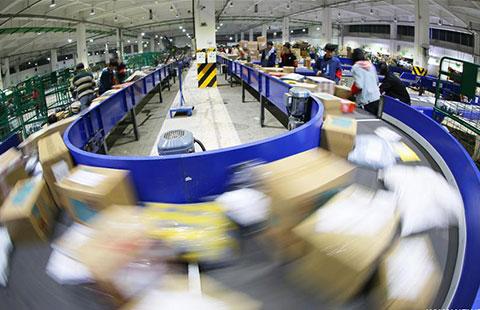Free trade agreement better preserves dynamics of Asia-Pacific region: US expert
WASHINGTON - Asia and Pacific economies remain vibrant over the past decades thanks to the region's trade-oriented production sharing network, and a free trade agreement for the region could better preserve these dynamics, a US expert said in an interview with Xinhua.
"What kept the Asia-Pacific economy strong for several decades is a production-sharing network that is trade-oriented," said Yukon Huang, former World Bank country director for China.
The production sharing network allows every country in the region to specialize in parts and components production and not have to produce the whole product itself, said Huang, now a senior fellow at the Carnegie Endowment for International Peace.
What's more important is that the network which is efficient and competitive evolves over time, he added.
According to the expert, as countries, such as China, become more sophisticated and move up to higher levels of the value chain, the production sharing network within the region adapts to the changes and maintains the efficiency and competitiveness.
"This is why free trade agreement for the whole region makes sense because it preserves this kind of dynamic element," said Huang, adding that Asia and Pacific economies have integrated through trade links.
In view of the vast production sharing network, the piecemeal trade deals could not work, because they only capture a portion of the network and actually prevent the region's full dynamics to evolve, he said.
At the Beijing meeting in 2014, Asia-Pacific Economic Cooperation (APEC) leaders adopted a blueprint to promote regional connectivity by 2025, and APEC members agreed to start a joint strategic study on the Free Trade Area of the Asia-Pacific (FTAAP), marking the official launch of the FTAAP process.
Huang said that the ultimate goal for the Asia-Pacific region should be a free trade agreement, because economies in the region need to realize that ultimately their economic success comes from this dynamic production sharing network which means everyone should be part of it.
The Regional Comprehensive Economic Partnership (RCEP) which China and other countries are pushing forward now could work as a basis for the FTAAP in the future, said Huang.
He also suggested that RCEP should remain open to new members, because a broad-based FTA in region should include the region's largest economy, the United States, and could better preserve the region's dynamics.
When talking about FTA rules for the region, Huang said that if the so-called "high standards" can only fit into one advanced economy, they should not be regarded as standard rules for the FTA.
The FTAAP should be based on right rules which suit every member in the region, as the Asia-Pacific economies are so different from each other in terms of development phases, cultures and political systems, said the expert.
The Belt and Road initiative which was proposed by China could further foster the integration of the Asia-Pacific economies, said Huang. The B&R initiative is promoting infrastructure connection in the region which could give a boost to the region's trade and investment and then promote integration in the region.
























